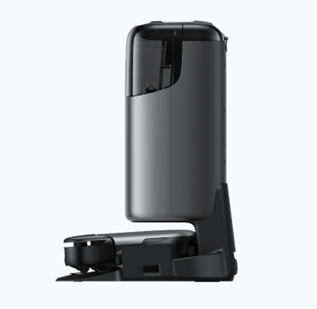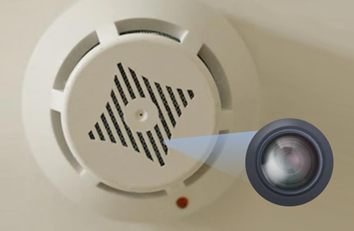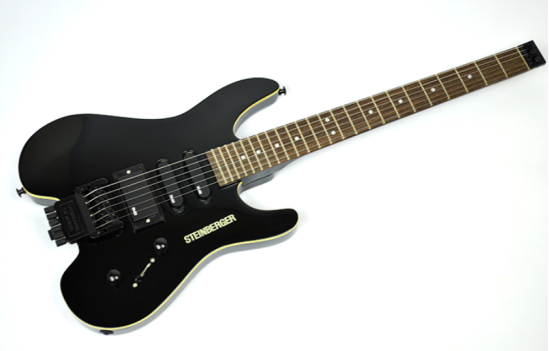What to Do If You're Locked Out of Your Home?
Locked doors are frustrating, but panic only makes the situation worse. Every year, millions of people experience home lockouts, whether from misplaced keys, malfunctioning locks, or simple forgetfulness. The good news? Most lockouts can be resolved within an hour using practical solutions. Before considering extreme measures, always start with the simplest solutions first, including how to open a locked door using common household items. In this article, we'll walk through professional-approved steps to regain entry, temporary shelter options, and long-term prevention strategies.
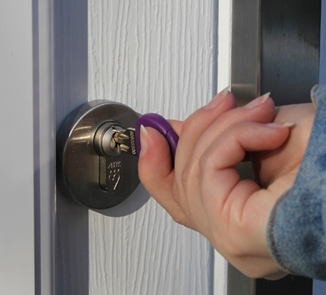
1. Immediate Assessment
Check All Possible Entry Points (Windows, Back Doors)
Before attempting any entry method, conduct a thorough perimeter check. Start with ground-floor windows - about 30% of homes have at least one unsecured window, especially in less visible areas like basement windows or bathroom vents. Test each window gently; forced entry should always be a last resort. Back doors and sliding glass doors are other common weak points, with many homeowners forgetting to engage the secondary latch. Remember to check pet doors too - while most are too small for human entry, some larger models can accommodate an arm reach to unlock doors from inside.
Verify If Any Family Members Have Spare Keys
Modern key management often involves more options than you might realize. Contact every family member immediately - teenagers might have keys in their school bags, while spouses could have forgotten about office drawer copies. Surprisingly, many people store spare keys in their vehicles or with trusted neighbors without remembering. A client once discovered their dog walker had been keeping a spare key for years. If you use professional cleaners or contractors, they might retain authorized access. Digital solutions like key-sharing apps may also provide remote access if set up previously.
2. Non-Destructive Entry Methods
Several professional techniques can bypass locks without damage. The credit card method works surprisingly well on older spring-latch doors - insert a rigid card (like a hotel key or expired gift card) between the door frame and latch, then angle downward while wiggling. For deadbolts, try the shoelace technique on certain knob locks: create a loop with stiff wire or a shoelace, work it between the door and frame, then maneuver to catch the interior knob. Another option is the plastic strip method for cars with frameless windows - slide a thin plastic wedge (cut from a soda bottle) to trigger power locks. These methods require patience and specific door conditions; never force them as excessive pressure can damage locking mechanisms permanently.
3. When to Call Professional Help
Certain situations demand professional intervention immediately. If you have children or pets trapped inside, especially during extreme weather, don't hesitate to call emergency locksmith services. Elderly or disabled individuals locked out after dark should prioritize safety over cost considerations. Modern smart locks with failing batteries present unique challenges - many have external power ports for emergency charging, but if unresponsive, professional tools are needed.
4. Temporary Shelter Options
Neighbor Assistance for Short-Term Needs
Community networks often provide the fastest solution. A neighbor might have tools you lack, like ladders for second-floor access or specialized lockpicks. Many suburban communities have neighborhood watch programs that maintain emergency key lockboxes. Always offer reciprocal assistance - this goodwill transforms emergency favors into lasting community bonds. For apartment dwellers, building superintendents or maintenance staff typically have override access during business hours.
Local 24-Hour Businesses for Extreme Weather
In dangerous conditions, seek commercial shelters immediately. 24-hour laundromats provide warmth and seating, while hospital waiting rooms offer climate-controlled safety. Many hotel lobbies won't question someone waiting briefly in their seating areas, especially if you explain the situation politely. During summer heatwaves, library cooling centers or mall food courts become lifesavers.
5. Post-Entry Actions
Once inside, immediately address security vulnerabilities exposed during the lockout. Rekey all locks if keys are permanently lost - a $20 rekeying kit from hardware stores can secure your home in under an hour. Take photos of any forced entry points for insurance documentation. Create multiple spare keys immediately, storing them in diverse locations like work desks, gym lockers, or with out-of-town relatives. Consider installing quick-release interior deadbolts that don't require keys for emergency exits.
6. Prevention for Future Lockouts
Smart locks offer the most reliable solution to prevent future lockouts by providing multiple access methods. The eufy Smart Lock S230 exemplifies this perfectly, offering five different ways to unlock your door: fingerprint recognition, keypad codes, the Eufy Security app, voice control via Alexa/Google Assistant, and a traditional physical key backup. This multi-access approach ensures you're never locked out - if one method fails, you have four alternatives. Installation takes under 30 minutes using just a screwdriver, and features like auto-locking and tamper alerts provide both convenience and enhanced security. For complete peace of mind, pair it with a key safe for trusted neighbor access while maintaining full control over who can enter your home.
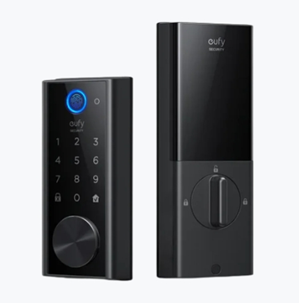
Conclusion
Every lockout teaches valuable home security lessons. Document what worked (and didn't) during your emergency - these insights shape better prevention strategies. Share your knowledge too; showing a neighbor the credit card method might save their future emergency. Ultimately, viewing lockouts as learning opportunities rather than disasters transforms home security from reactive to proactive.
Latest: Are Wearables the Secret to Better Sleep and Wellness?
